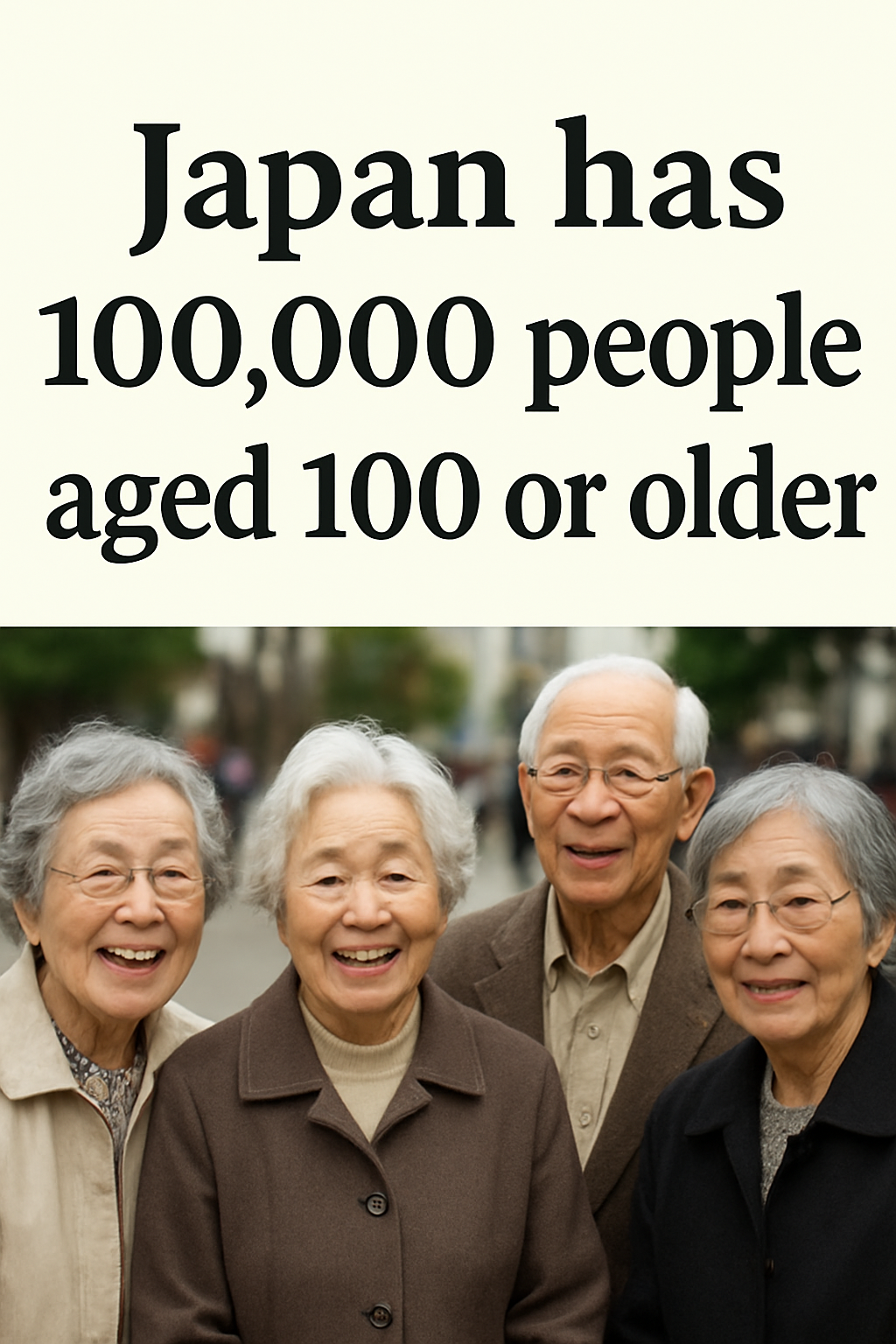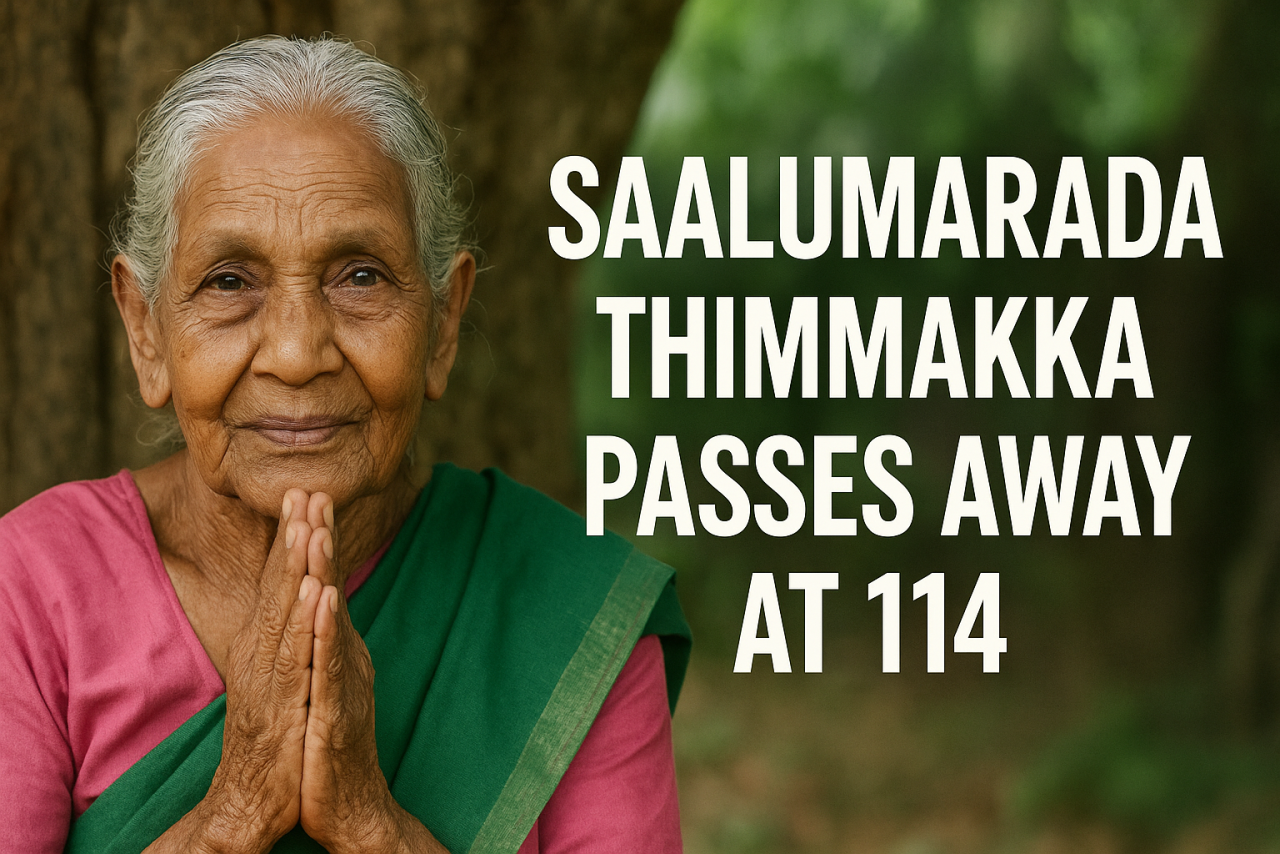
Japan has entered a remarkable milestone that few nations in the world can claim. The country now has nearly 100,000 people who are 100 years old or older. What makes this even more striking is that about nine out of ten of them are women. Ministry data released in Tokyo shows how this trend is shaping the story of modern Japan and raising new questions for its future.
The world’s fourth largest economy is struggling with the weight of an ageing population. As of September 1, Japan counted 99,763 centenarians. This number rose by more than 4,600 compared with the previous year. Such figures reveal not only progress in medical science and nutrition but also the cultural values that promote long life. Shigeko Kagawa, aged 114, is the nation’s oldest living person and lives in the Nara region near Kyoto. She has been described as active even past 80 years of age, working as an obstetrician-gynecologist and a general doctor. Her daily walks and house visits built what she called her “strong legs,” which she credited for her vitality. She still enjoys reading newspapers, watching television, and practicing calligraphy.
While her story is inspiring, it also reflects a larger challenge. Japan is seeing its population shrink at a pace that alarms economists and policymakers. In 2024, official data recorded a fall of more than 900,000 Japanese nationals in a single year. This is the steepest decline since records began. Prime Minister Shigeru Ishiba has described the situation as a “quiet emergency.” The government has pledged to encourage more family-friendly policies, including flexible working hours and free day care centers, to make it easier for couples to raise children. However, such efforts have yet to deliver meaningful results.
Globally, the oldest person alive today is not in Japan but in Britain. Ethel Caterham, aged 116, took the title after Brazilian nun Inah Canabarro Lucas passed away. Yet Japan continues to be seen as the land of longevity. For many years, it has produced some of the world’s oldest individuals. Chitetsu Watanabe, who died in 2020 at the age of 112, was recognized as the world’s oldest living male. These examples illustrate how Japanese society has combined diet, discipline, and access to healthcare to create a culture where living past 100 is increasingly common.
The rise of centenarians in Japan reflects both achievement and challenge. On one hand, it speaks of healthy living, strong community bonds, and advanced medical care. On the other, it raises urgent questions about economic balance. With fewer young people and more elderly citizens, the costs of medical and welfare systems are climbing every year. A shrinking workforce must bear the financial burden of supporting an expanding elderly population, and this imbalance threatens long-term growth.
Japan’s “Century Club” shows how longevity is no longer a rare miracle but a part of everyday life. It is also a mirror of the nation’s struggle to adapt to the realities of age and change. The numbers remind us not only of the gift of long life but also of the responsibility of caring for those who reach it. Japan stands at the crossroads of pride in its centenarians and anxiety about its demographic future. The way it responds may serve as a lesson for other ageing nations in the years ahead.





















